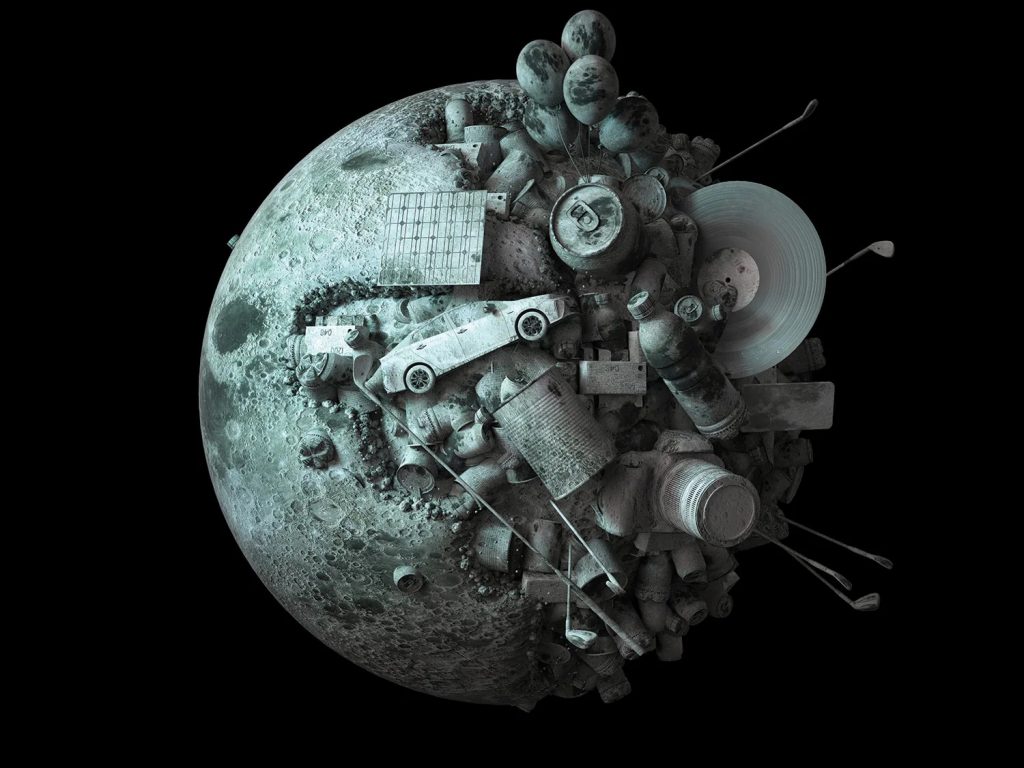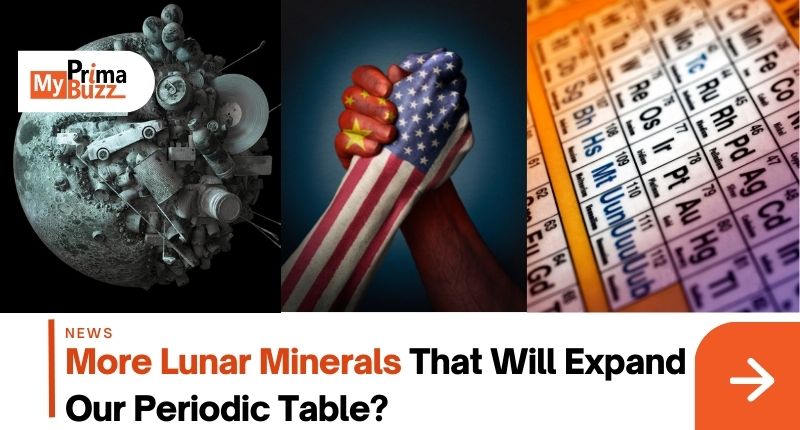Space War Between China and US Over Lunar Minerals

China is so excited about a new mineral discovered on the moon where it wastes no time and plan to deploy three lunar orbiters through the country's National Space Agency in the next 10 years to potentially mine more of the lunar minerals.
China's Chang'e 5 mission in 2020 brought back a new type of phosphate mineral named Changesite-(Y) in a columnar crystal as announced by the country's scientists. The mineral consists helium 3, which provides a potential future energy source. China appears to want to explore this connection further, announcing both three new orbital trips and a Bloomberg report that China wants to build an international research station based on the moon.
The discovery of new minerals from the moon is not unheard of, but it is not common. The United States and Russia (as the Soviet Union) have jointly discovered five new minerals, but China's addition is the latest. Isolated from rock and soil samples and then analysed at the Beijing Institute of Uranium Geology, the Changesite-(Y) is unlike anything found on Earth.
Phosphate, which is key to plant growth on Earth, has a columnar crystal structure with unknown properties. The discovery of phosphate on the mineral-booming moon isn't surprising, but the columnar crystal form is new to scientists. The discovery of this form of phosphate could have implications for future lunar agriculture.
China is ramping up the effort in lunar mining with the next mission where Chang'e 7 will reportedly focus on finding water near the moon's south pole. While focus on the discovery of the benefits of Changesite-(Y), China plan to find more minerals at the same time.
China's space-related programs have grown exponentially in recent decades. With the Chang'e 5 returning to China at the end of 2020, China built the space station and landed its probe Zhurong on Mars in 2021.
These space efforts did not happen with the United States, but constituted another space race for Americans. The two countries have engaged in verbal squabbles over their national intentions, and China's recent seemingly successful efforts have brought NASA‘s upcoming but delayed Artemis mission into a more direct spotlight.

